⭐⭐⭐⭐⭐ AUSTRALIA’S LARGEST RANGE OF NATURAL STONE PAVERS ⭐⭐⭐⭐⭐
⭐⭐⭐⭐⭐ AUSTRALIA’S LARGEST RANGE OF NATURAL STONE PAVERS ⭐⭐⭐⭐⭐
by Rachel Sim | Nov 10, 2021 |
Natural stones, like granite pavers, are great for all kinds of exterior and interior paving applications. You can lay granite outdoor tiles as driveways, patios, walkways, and other entertainment spaces need robust and durable pavers that are designed to hold up to the frequent traffic seamlessly. Not only can they endure heavy foot traffic, but these granite paving are designed to last for a really long time, given they are installed properly. For your patios, granite pool pavers, pool decks that receive a reasonable amount of traffic and when you are paving granite driveway that is exposed to vehicular traffic you will then need then at least a 20mm thick paver must be laid.
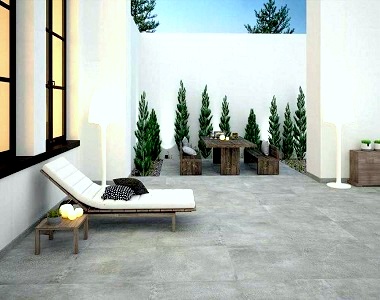
Installation Image of Raven Grey Granite Pavers
Despite granite pavers Melbourne being one of the affordable paving materials, granite pavers has been the homeowner’s favourite for decades. This low maintenance natural stone is quite durable and versatile. You could install grey granite paving and black granite paving on your gardens, front yards, patios, alfresco, pool decks, and almost everywhere. Before you get started with the installation, you must know that the durability and quality of your paving project rely mainly on how you lay these tiles. Granite pavers prove to be a durable option only when they are laid over a strong foundation, featuring a layer of compacted gravel or crushed stone. To lay granite pavers, please see below step by step guide.
First things first, take a utility tape and measure the total area you would like to pave with the granite outdoor tiles. Measure the thickness of the pavers to determine the ideal height for the base. As mentioned earlier, the perfect height for excavation depends on a few factors, such as your paver’s thickness, the area you are laying the tiles, the traffic the area receives, and more.
Measure the ideal depth for the base and add to it the pavers’ thickness. For example, you are going to need 4 inches depth for the base materials, 1 inch for the sand bedding, and the remaining for the pavers. If the pavers are 3-inches thick, then you need to excavate the ground up to 8 inches, which is also an ideal depth for patios, decks, and other entertainment areas. For the driveway, these granite pavers must be thicker. You will need to dig 12-14 inches deep for the base, sand, and pavers.
Once you have determined the excavation depth, spray paint the portion that is to be covered. Try to use a garden hose to mark the area before using spray paint. You could also arrange strings on the lawn (if you are building a pathway). Dig the ground and lay the base. Now, there are quite a few options for the base – gravel, crushed stone, and mortar. Crushed stone is a good choice, as it is easy to compact and level. Most people lay gravel and use a plate compactor to level the base. The sharper the edges of the base material, the easier it is to compact them. The base must be spread across the surface evenly, and don’t forget to level it before laying the sand. You can add the base at once or in layers. It is better if you add one layer at a time, compact it, and then add another layer.
Sand bedding isn’t part of the base, but it is added to set the base into place. Yellow, fine-grained sand can be used for the sand bedding. Make sure you have run the plate compactors over the base before sand bedding. Run the plate compactor once again to level the surface and prepare it for the granite pavers.
Polyvinyl and lumber can be used for the edge restraints. This material must be installed on the edges of the place to keep the granite stones from moving and cracking. The edge restraints keep your pavers in place.
Place granite tile Melbourne directly on the sand and install them in your desired pattern. Make sure you place them close to each other so that they don’t shift. If you are working with granite pavers of irregular sizes and shapes such as granite cobblestones and granite crazy paving, you can use a masonry saw or a diamond blade to cut the pavers into your desired shape. Even the uniform-sized granite stones can have some rough edges that may not fit well into the sand. You can cut these edges with a blade or saw, but make sure you wear safety gloves and eye protection before using these tools. Hammers can also be used for stone pavers, but that’s an outdated technique. It may not give you the best finish.
No matter how close you place the granite paving, you are still going to find some wide joints between each paver. These joints must be filled with grout or mortar. You could use the yellow sand to fill the joints or prepare mortar by mixing one part of sand with 4 parts of cement. If you are using the sand, pour the fine-grained sand all over the paved surface, and sweep it gently into the gaps. This will prevent shifting and keep your pavers in place.
Looking for granite paving for your next renovation project? Great! get in touch with us as we are Australia #1 Natural Stone Paving Suppliers and supply tiles and pavers in Victoria, New South Wales, Queensland, Southern Australia and Tasmania.
If you would like to check our stone quality you are most welcome to order our Express Posted FREE SAMPLE services. Just simply fill out our contact form and request a sample of your choice of tile.
We also provide FREE STONEMASON advice over the phone or in person. There are many other services that we provide that you can take advantage of. Call us on (03) 9706 9767 for more information.
Meanwhile, browse our range of Granite pavers and enjoy shopping on SALE prices.
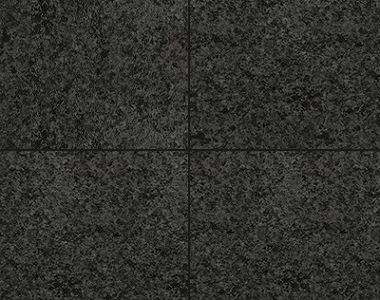
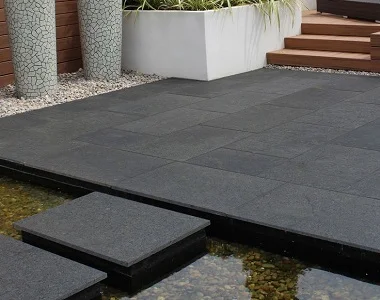
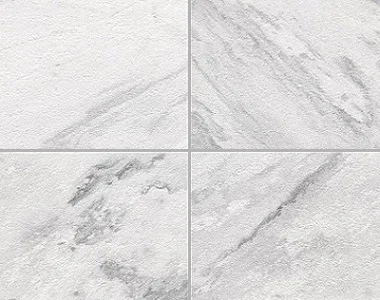
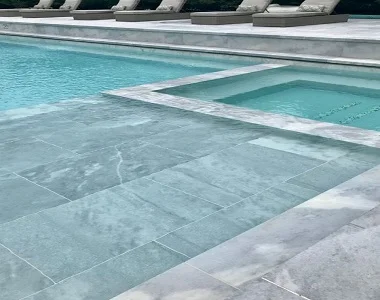
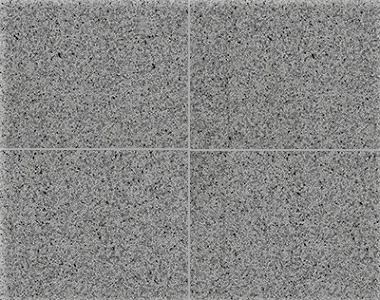
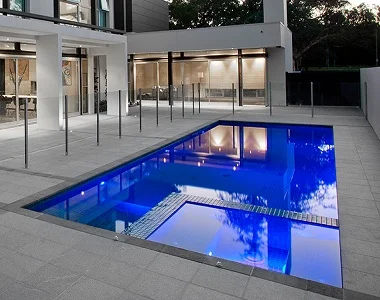
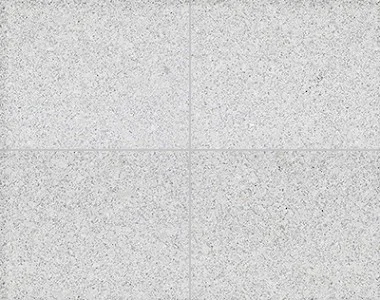
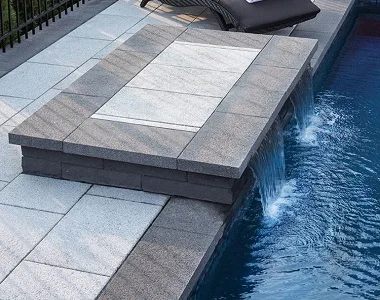

CALL US TODAY! Order Your FREE SAMPLE – Express Posted




